Euonymus care and growing guide: expert tips for these shrubs
Grow euonymus successfully in your backyard with this practical advice on planting, pruning, and more


Euonymus are deciduous or evergreen shrubs that can be tricky to recognize until fall when you can see the fruits, which are colorful and very distinctive.
Carried in clusters of up to seven, the small fruits are about 0.5-0.75in (1-1.5cm) across, and come in two parts – a small red or orange berry surrounded by three or four fleshy scales in magenta, red, pink, orange, or white. The resulting colors can be very striking, like a cloud of sparkling jewels, and often persist into winter. However, evergreen varieties can not only be shy to fruit but the fruits may be hidden amongst the foliage.
The flowers that open in early summer and develop into fruits are less impressive – small and greenish or yellow in color.
Their foliage is also an important feature. The leaves of some deciduous varieties turn vivid red in fall – and can be so bright that they’ve earned the common name of burning bush. The evergreen shrubs have small or medium-sized leaves that are often brightly variegated.
'Their value in the garden dwells in the beauty of their fruits, in the autumnal colors of the foliage of some species, and in the rich evergreen foliage of others,' says the international experts at Trees and Shrubs Online.
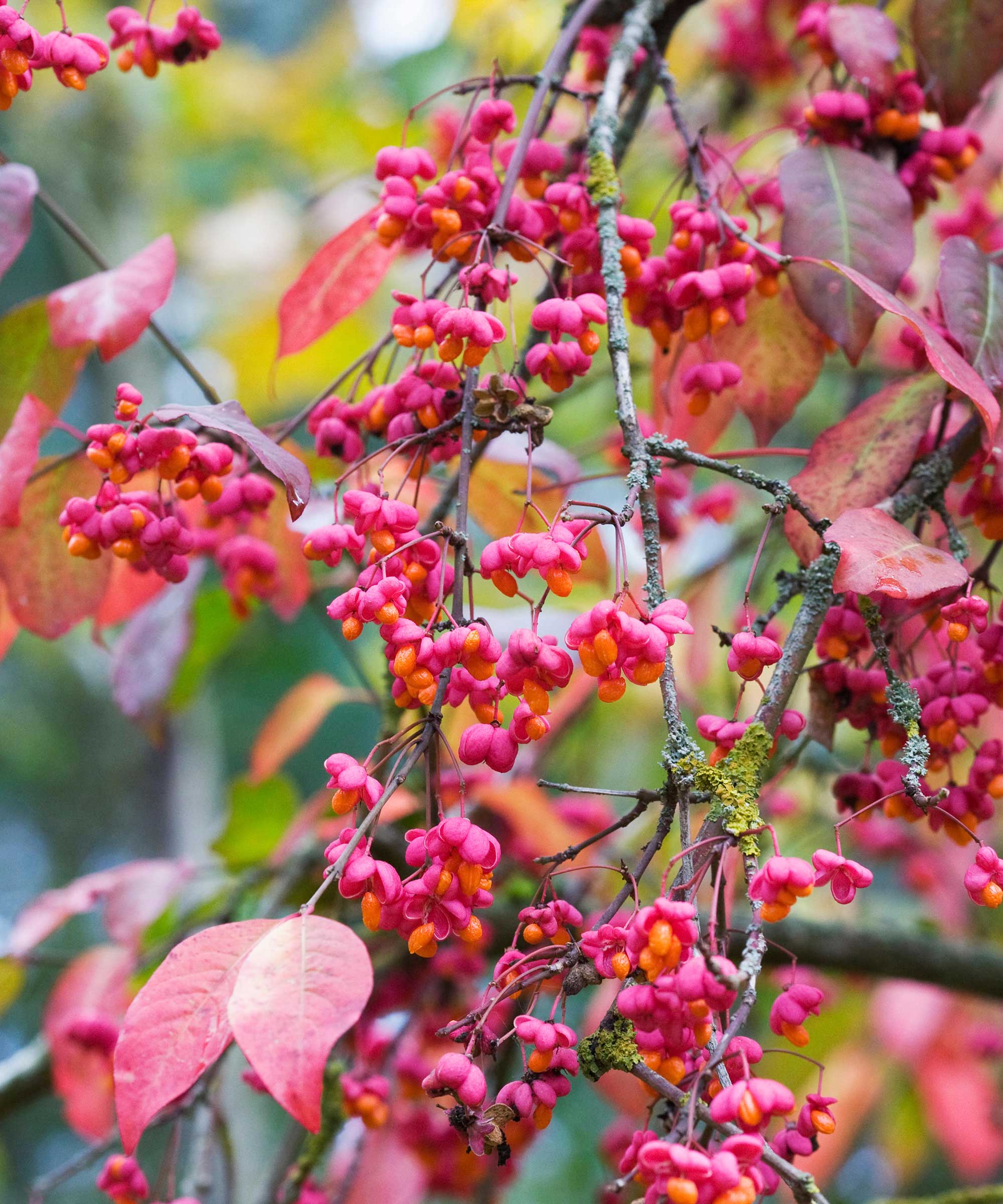
Euonymus key facts:
- Plant type: Deciduous or evergreen shrubs
- Mature size: 2-6ft (30cm-1.8m)
- Soil type: Any fertile soil that is not parched or waterlogged
- Soil pH: Slightly acid, neutral, alkaline
- Time to plant: Spring, fall
- Flowering/fruiting time: Early summer/fall
- Flower color: Greenish yellow
- Berry color: Red, purple, orange
- Hardiness zones: USDA Z4-6 (RHS H5-6)
- Scientific name: Euonymus
- Common name: Wintercreeper, burning bush
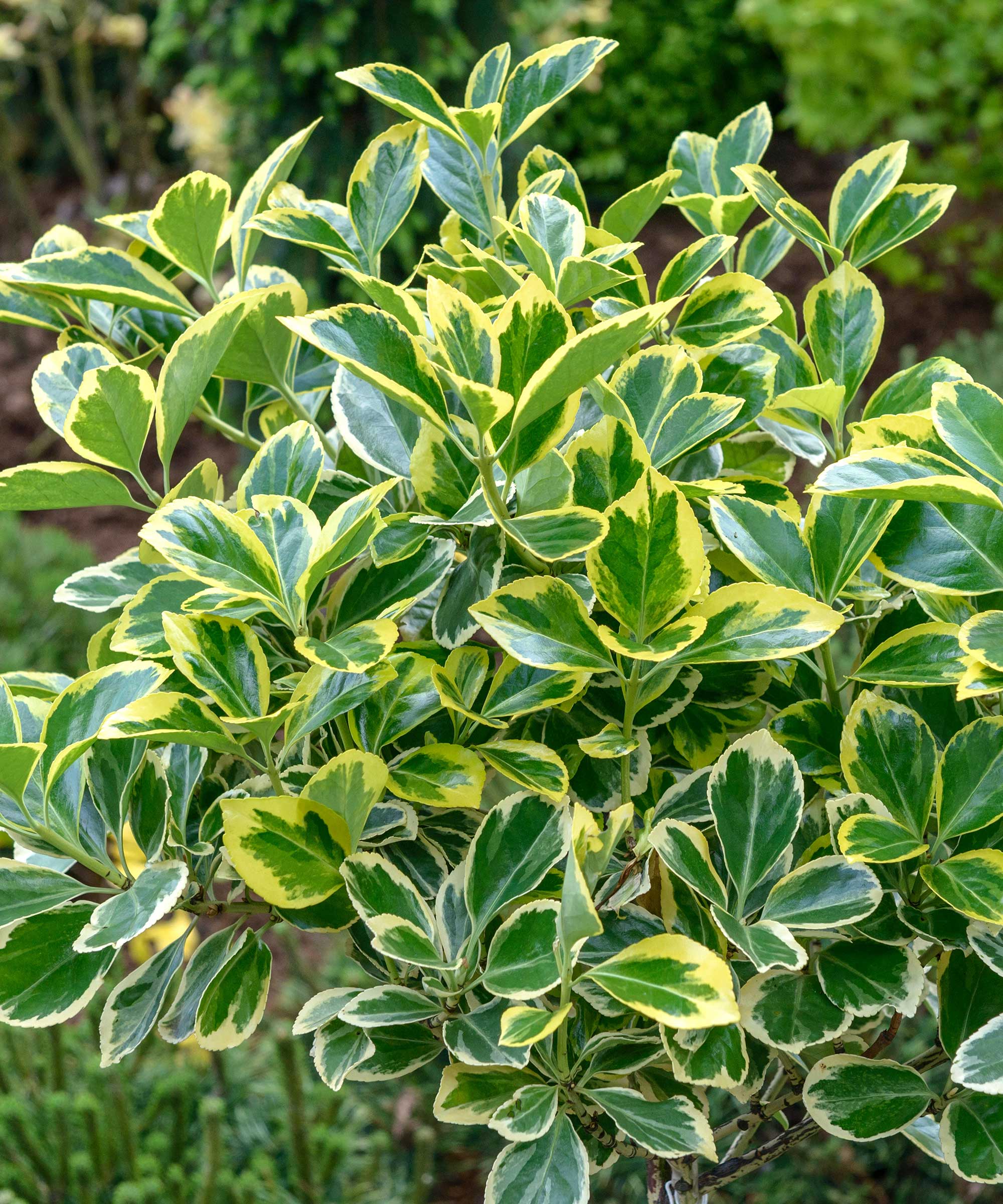
Types of euonymus
These shrubs can be divided into deciduous and evergreen varieties.
Deciduous euonymus
Sometimes known as burning bush, Euonymus alatus is the only widely grown deciduous species but is considered invasive in many areas. The strawberry bush, Euonymus americanus, is an American native alternative.
In the UK, Euonymus alatus and the native Euonymus europaeus, the spindle, are commonly grown.
The colorful fruits show up far better on deciduous varieties, as they are not usually hidden by the leaves.
Evergreen euonymus
Evergreen euonymus are either small or medium-sized shrubs with glossy dark green leaves (Euonymus fortunei), or taller, more vigorous, larger-leaved, green-leaved shrubs (Euonymus japonicus). The foliage of many is splashed or edged in white, cream, yellow or gold.
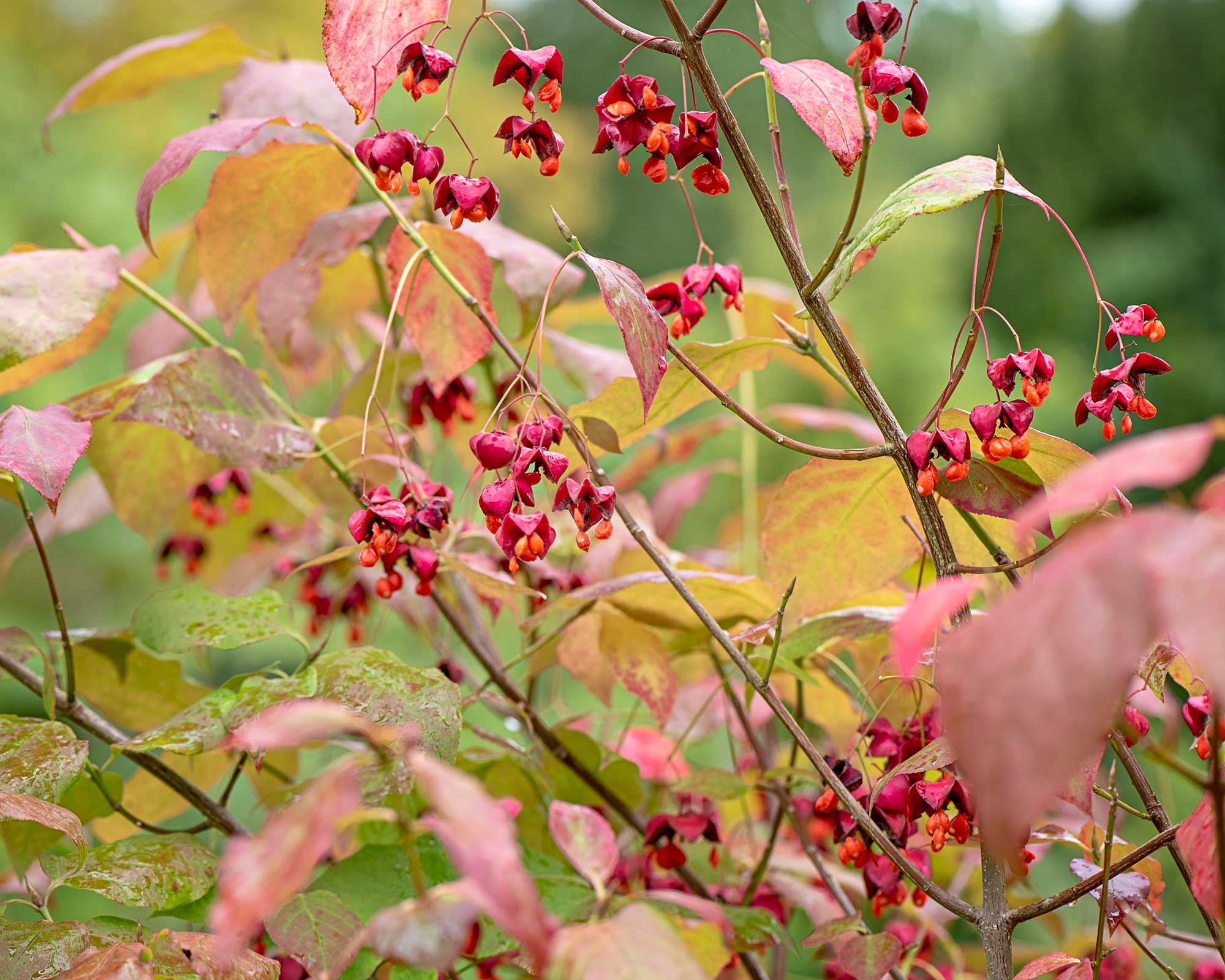
How to use euonymus in your backyard
Euonymus is effective as an edger along paths or sidewalks; as a slope cover where it can also provide erosion control; or as a foundation planting, say the experts at the Missouri Botanic Garden.
Popular uses include the following:
- Shrubs: For an impressive specimen shrub, choose one of the larger evergreens such as Euonymus japonicus ‘Chollipo’ with golden edges to the leaves or the heavily fruiting deciduous spindle, Euonymus europaeus ‘Red Cascade’.
- Ground cover: The creeping forms of wintercreeper, Euonymus fortunei, are ideal ground cover, even growing well in poor soil and dry shade. Look for ‘Dart’s Blanket’ (glossy green) and ‘Silver Queen’ (white-edged green).
- Foundation planting: Blending in well with other foundation plantings, euonymus will tolerate sun or shade. Choose variegated varieties of Euonymus japonicus, such as ‘Gold Spot’ (UK: ‘Aureovariegatus’) or the shorter Euonymus fortunei such as ‘Emerald Gaiety’.
- Hedging: Upright varieties are most suitable for hedging and these include ‘Green Spire’ (very dense growth) and the tough and resilient ‘Manhattan’ (dark green).
- Vines: Some varieties of Euonymus fortunei cling to tree trunks or fences in the same way as ivy. Look for ‘Emerald ‘n’ Gold’, shown below, and ‘Kewensis’ (small, neat leaves).

How to plant euonymus
Euonymus are not picky about their site and situation. Sun or shade, rich soil or poor, euonymus will usually do well. However, in poor conditions in particular it pays to prepare thoroughly. Soak the plants before planting (adding fertilizer to the water is always a big help) and then irrigate until the plants are well established. Foundation plantings may need a water-efficient soaker hose system as these are often dry situations.
Mulch after planting to help retain moisture and to suppress weed growth. It pays to prune those grown for hedging or as larger specimens after planting to help promote growth that is dense and bushy.
Euonymus are happier than most shrubs in coastal conditions, where they can tolerate the salt in the air, and also grow well in soils that are limey.
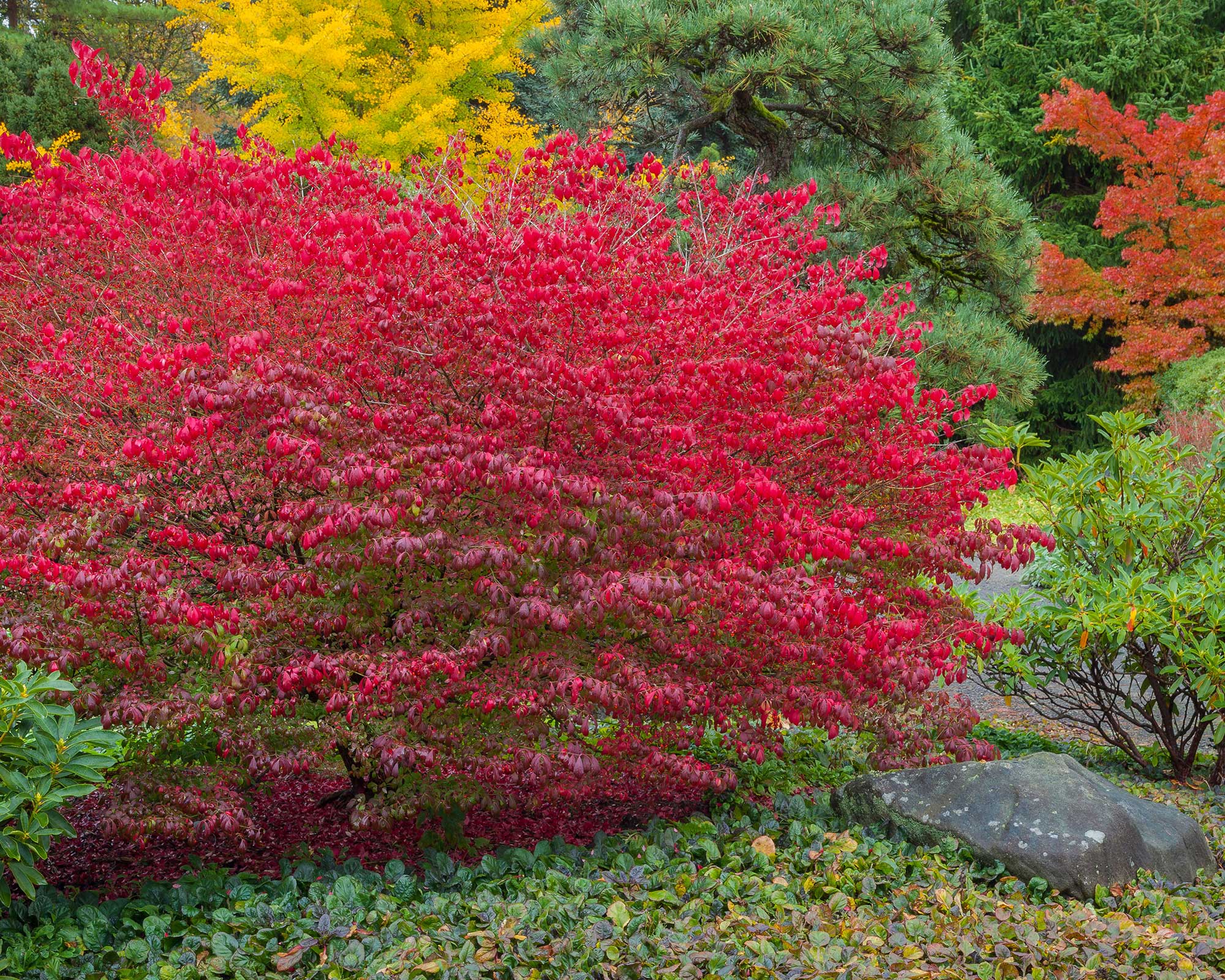
How to care for euonymus
No special care is needed to keep euonymus growing well, as they are low-maintenance shrubs. Simply feed annually with a shrub fertilizer (available on Amazon), and renew the mulch every year or two.
Look out for plain green shoots on colored-leaved varieties and trim them off completely. If these more vigorous green shoots are left untouched, they tend to take over the whole plant and the colored foliage will be steadily replaced by green.
Plants grown as hedges can be cut back in spring, and again in late summer if necessary. Snipping back carefully with pruners usually leaves a more attractive finish than using a hedge trimmer, but takes longer. In fact, any euonymus needing re-shaping or encouragement to develop more bushy growth can be pruned in spring.
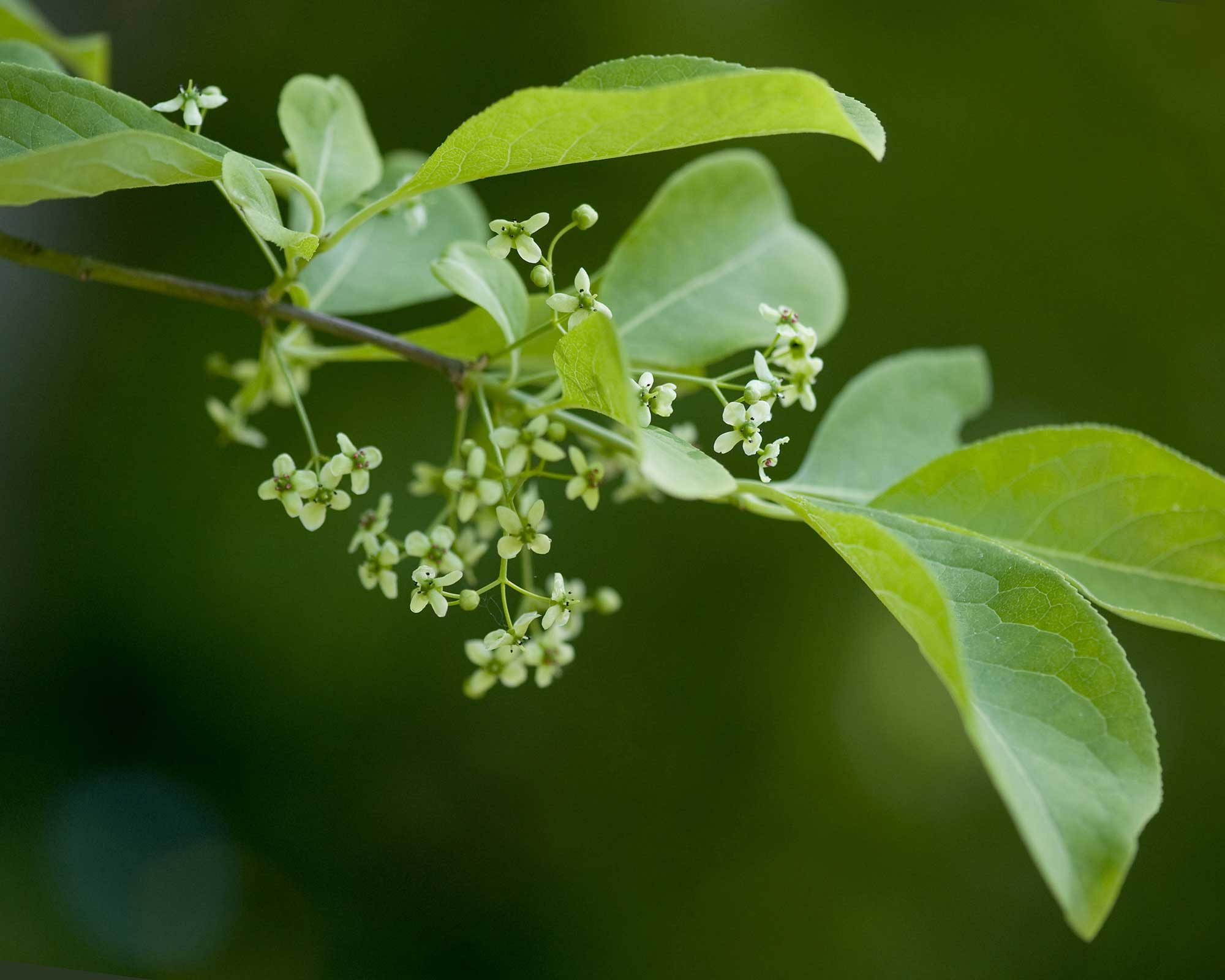
How to make more euonymus
Evergreen euonymus grown as ground cover may root into the mulch. This can be encouraged by weighing down ground-hugging branches with stones and then snipping them off for replanting when roots have developed.
Evergreen euonymus can also be rooted easily from plant cuttings:
- In late spring or early summer, snip off shoots that are about 4-6in (10-15cm) long. Recut just below the lowest leaf, then nip off the leaves on the bottom half of the cutting.
- Fill a clean, 5-6in (12.5-25cm) pot with moist fresh seed starting mix (available on Amazon), tap it on the table to settle it, then push the cuttings into the soil so that the lowest leaf is just above the soil. Fill the pot with cuttings about 2in (5cm) apart, then water.
- Stand the pot in an open-topped plastic bag in a light place in a screened porch, sunroom or greenhouse out of direct sun.
- In a few weeks, you should see roots emerging from the drainage holes in the base of the pot – a sign that your individual rooted cuttings are ready to be moved into pots of their own.

Solving problems with euonymus
Scale insects attack evergreen types – small yellowish or whitish spots appear on the upper surfaces of the leaves and can weaken the plant – sometimes severely. Plants growing poorly because of drought or lack of nutrients are most likely to suffer, so prepare well for planting and make sure the plants are not short of water or nutrients.
Initial infestations can be removed by rubbing with an old toothbrush, but other treatments may be necessary in severe cases. Consult your local extension service for up-to-date advice.
Larger-leaved evergreens, varieties of Euonymus japonicus, may suffer from mildew, especially in dry seasons. It is the problem seen most often and most Euonymus japonicus in most gardens will be infected at one time or another. Effective treatments are available – again, consult your local extension service.
In spring, larger-leaved evergreens are often attacked by caterpillars. Attracting birds to your yard will help deal with them.

Are there native varieties of euonymus?
In the US, the strawberry bush (Euonymus americanus) is native in the east from New York to Florida, and the Western spindletree (Euonymus occidentalis) is native in the west, from British Columbia south to California. Both are good alternatives to the often invasive burning bush (Euonymus alatus).
In the UK, the spindle bush (Euonymus europaeus) is native mainly on limey soils in the south. In autumn, its leaves develop ruby and fiery coloring with clusters of pink and orange fruits at the same time.
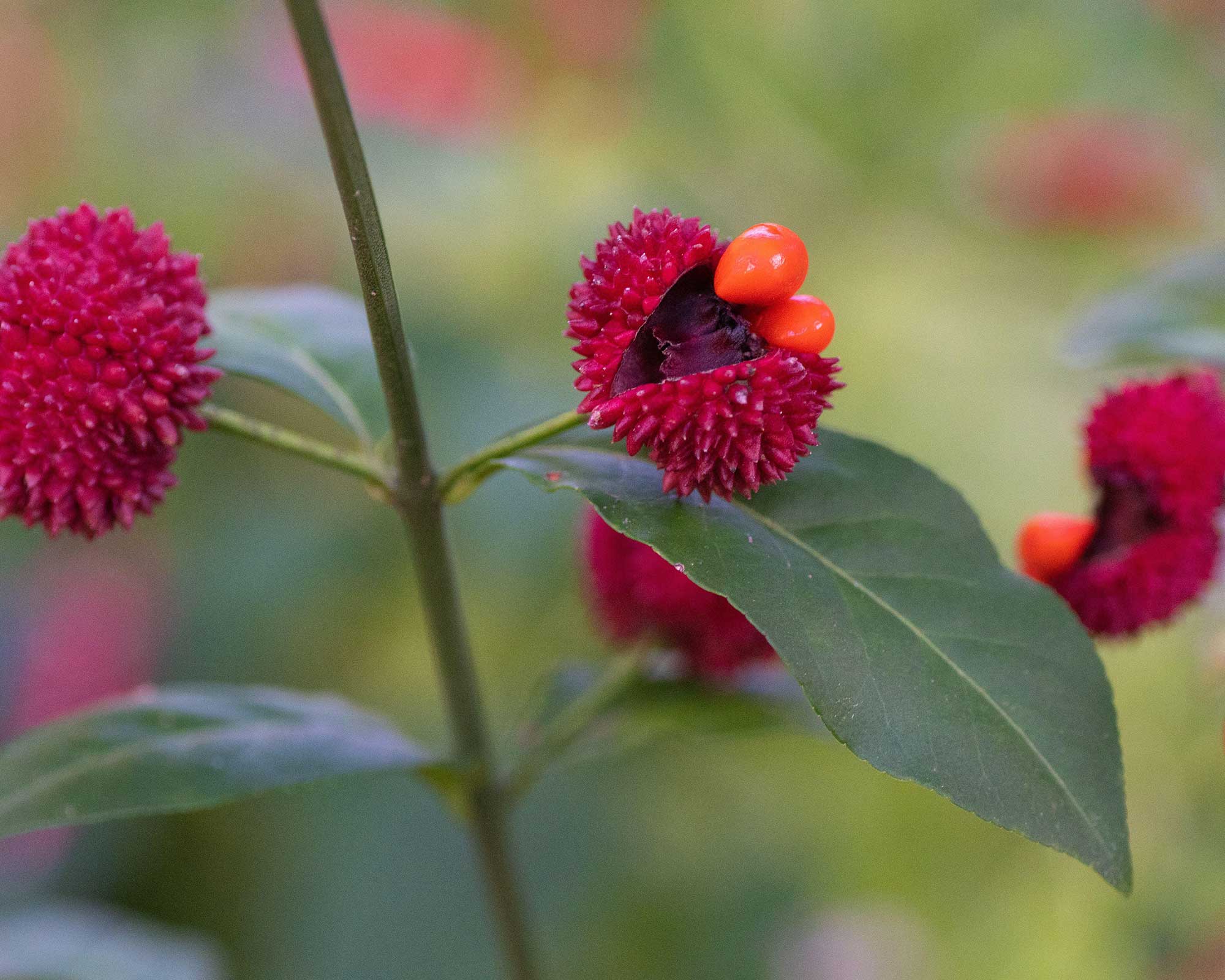
Are euonymus invasive?
The burning bush, Euonymus alatus, originally from Asia, has been widely planted for the vivid coloring of its fall foliage, its crop of red fruits and its robust, frost-hardy growth. However, birds eat the fruits and spread the seeds and it quickly escaped from private yards, municipal plantings and public gardens and became established in a wide range of natural habitats.
It can now be found over most of the northeast and spreading into the Midwest and as far south as Tennessee in woods, on waste ground, in wild suburban corners, along interstate highways, in fields – including in coastal areas – and other habitats where its dense growth smothers native plants.
Burning bush has been cited as an invasive plant in over twenty states and planting it has been outlawed in some states owing to its invasiveness – so do proceed with caution if considering it for your backyard.
Wintercreeper (Euonymus fortunei) is also seen to be invasive in some eastern states.
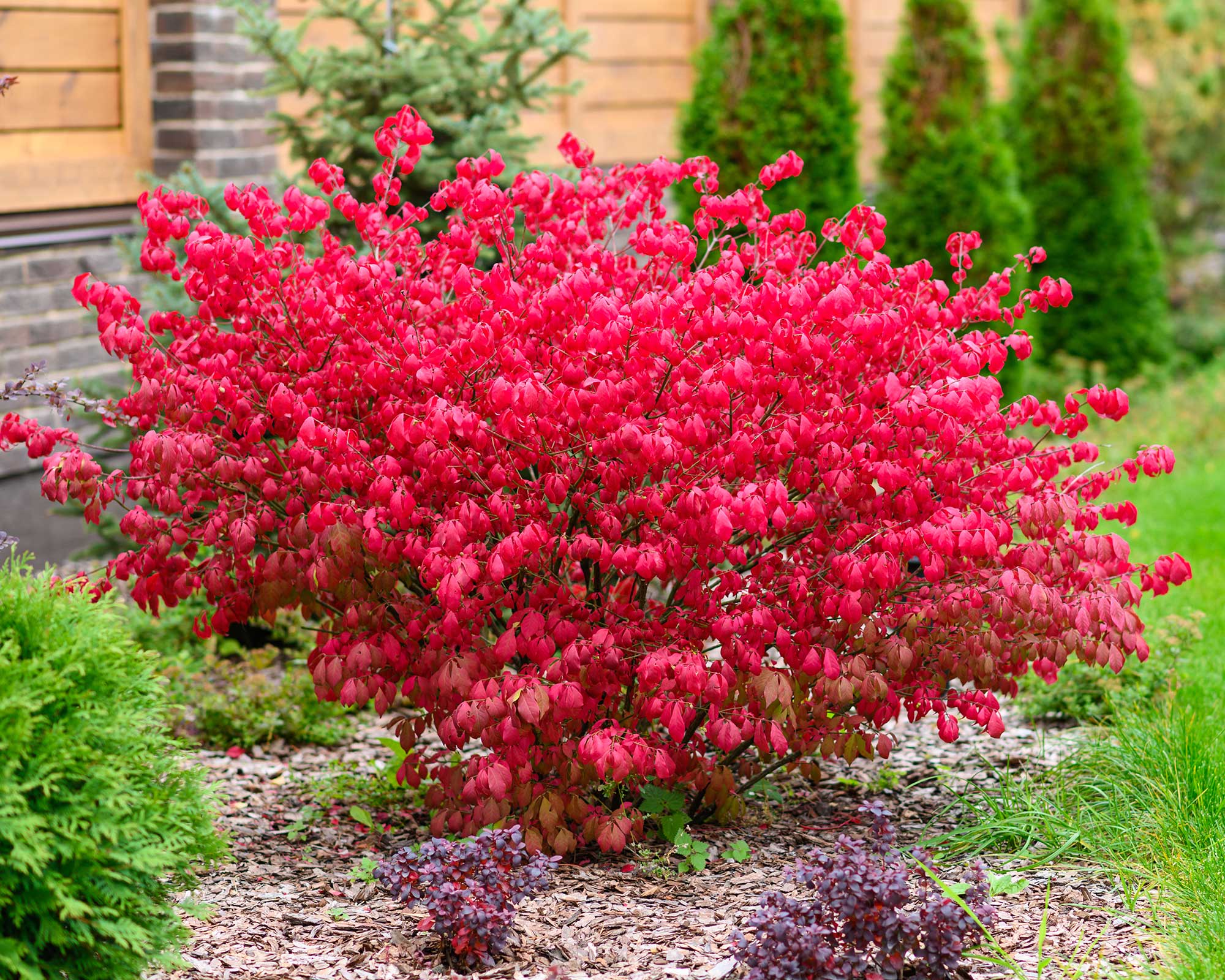
How to buy euonymus
In retail nurseries and garden centers, euonymus are sold in small pots for hedging or for window box ideas. They can also sometimes be bought as specimen plants ready to make an impact in large containers. Those in medium-sized pots are ideal for foundation planting or ground cover.
The same applies to mail-order sources, although the larger sizes may be unavailable or uneconomic owing to shipping costs. Collections of small plants or large plugs for hedging or ground cover are sometimes available and are usually competitively priced.
Where to buy euonymus
Our quicklinks will help you find a euonymus for your backyard:
Shop euonymus in the US:
Shop euonymus in the UK:

Graham Rice is a garden writer who has won awards for his work online, and in books and magazines, on both sides of the Atlantic. He is a member of a number of Royal Horticultural Society committees and the recipient of the 2021 Garden Media Guild Lifetime Achievement Award.
